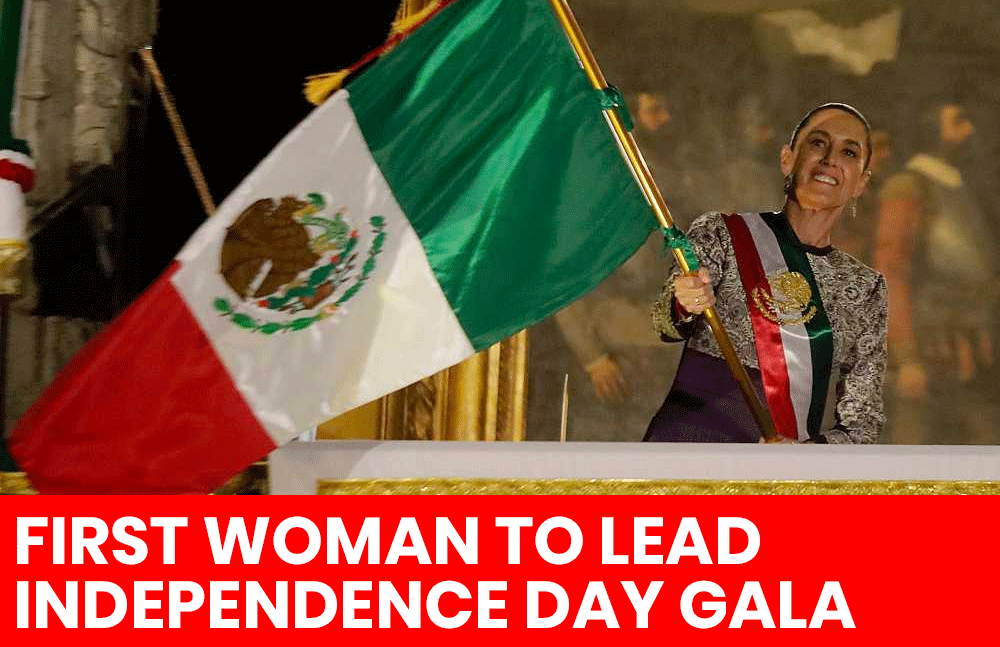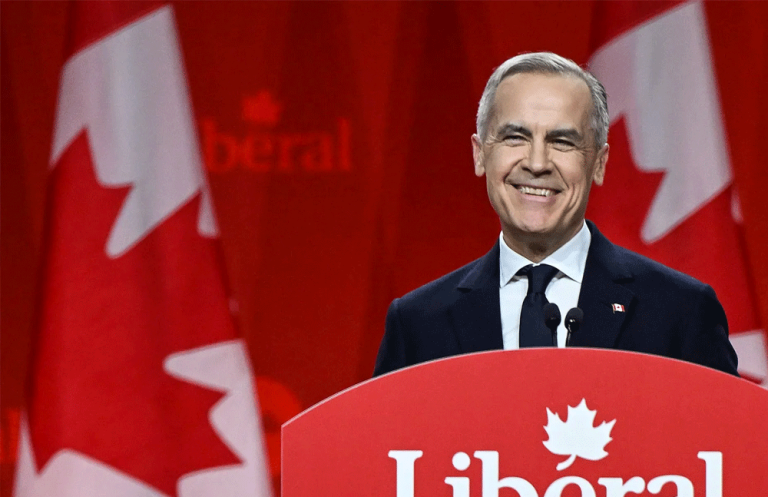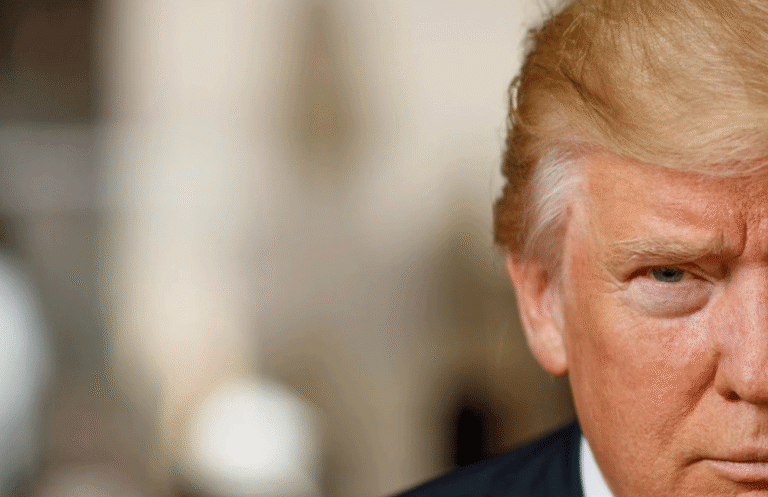Mexico Marks Independence Day with First Female President Leading Historic Cry
Mexico celebrated Independence Day on Monday night with President Claudia Sheinbaum breaking more than a century-long tradition, becoming the first woman to lead the nation’s most important patriotic celebration.

Before tens of thousands gathered in Mexico City’s main square, Sheinbaum delivered the traditional “Cry of Independence” from the balcony of the Government Palace.
“Long live the dignity of the Mexican people! Long live freedom! Long live equality! Long live democracy! Long live justice! Long live a free, independent, and sovereign Mexico!” she proclaimed, before ringing the historic bell to mark the 215th anniversary of the country’s independence from Spain. The crowd erupted in applause, echoing her chants.
Historic First
The “Cry of Independence” tradition dates back to 1810, when priest Miguel Hidalgo called Mexicans to rise against Spanish rule. Since the late 19th century, the event has included bell ringing and patriotic cheers.
“This year’s cry carries a special meaning because it is the first time a woman has delivered it,” said Alfredo Ávila, a historian at the National Autonomous University of Mexico. He described the moment as a shift away from a “very patriarchal” tradition.
Although Sheinbaum is the first female president to lead the ceremony, Ávila recalled that Griselda Álvarez, the first woman elected governor in Mexico, delivered an Independence Day cry in Colima back in 1980.
Celebrations and Challenges
The nationwide festivities included fireworks, parades, music, and traditional dishes such as pozole and chiles en nogada. Families across the country gathered to mark the day.
However, violence in several regions disrupted celebrations. Authorities in Michoacán and Sinaloa canceled mass events due to security concerns. In Sinaloa, where rival cartel factions have been engaged in deadly clashes, Governor Rubén Rocha announced that only one official civic ceremony would be held with the participation of government branches and the armed forces.






